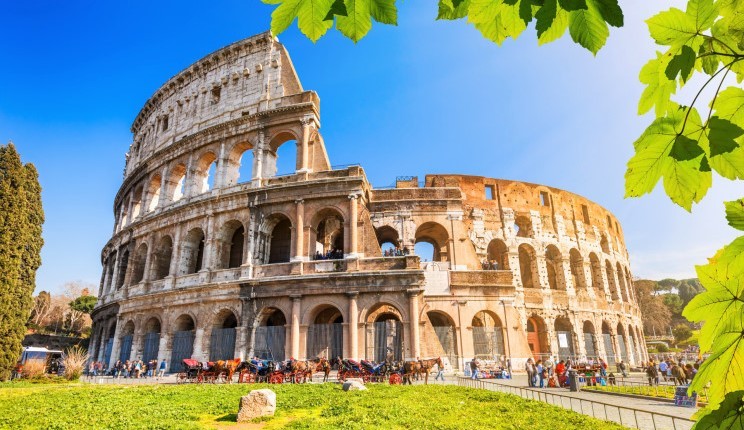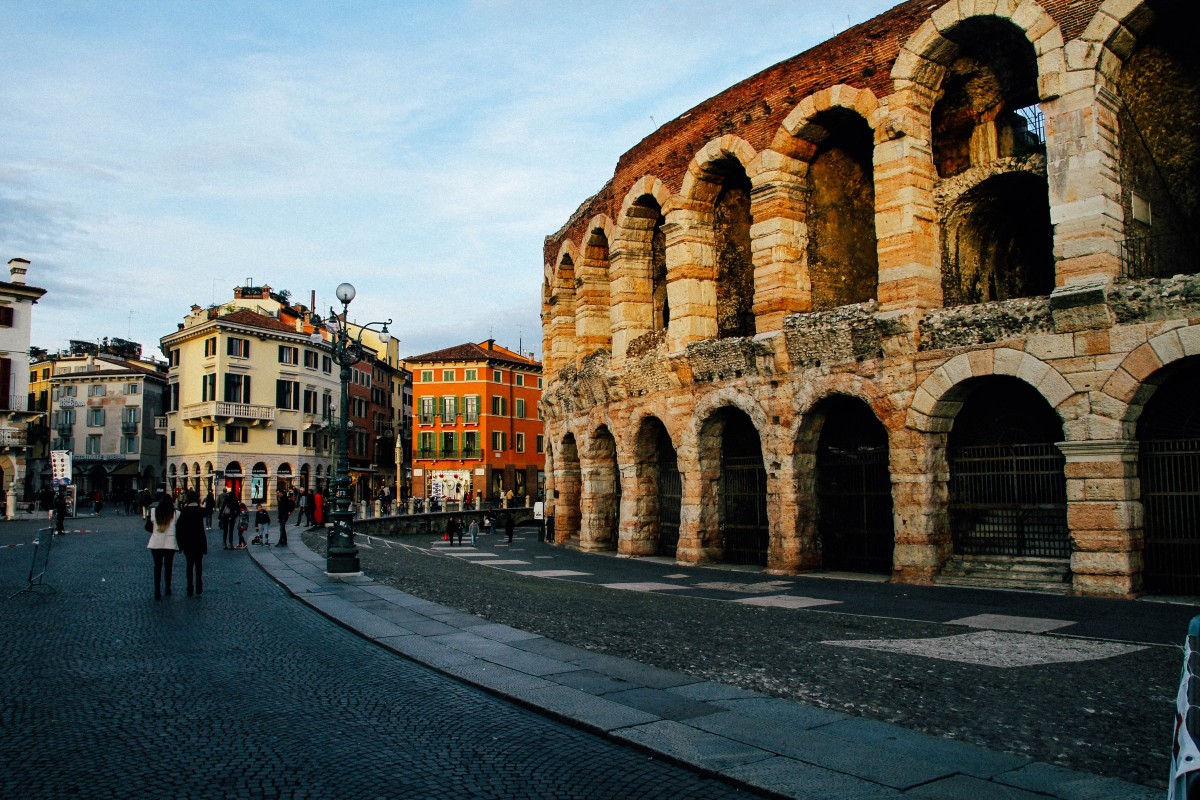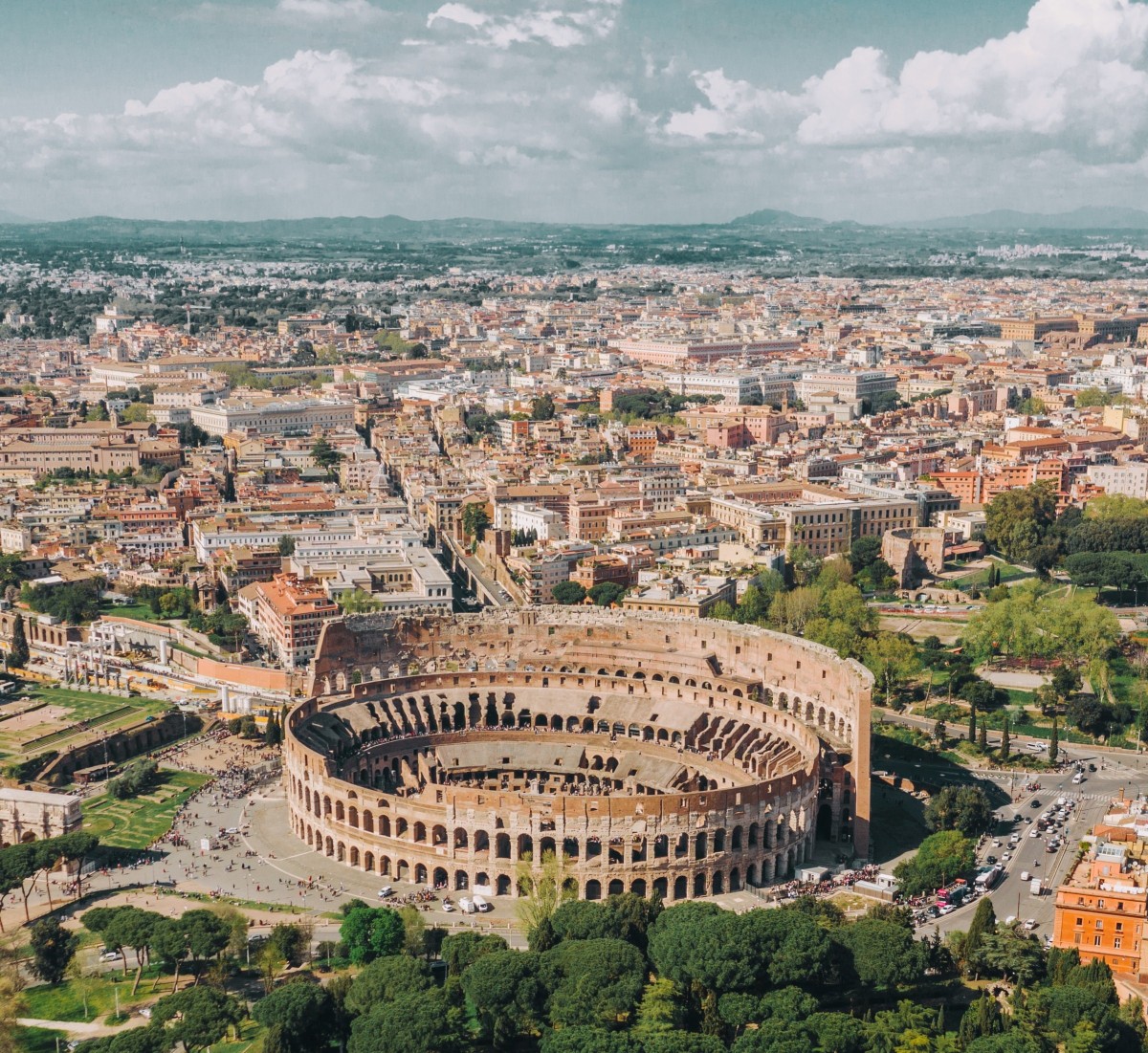
When you think of Rome, the Colosseum almost surely comes to mind. The Flavian Amphitheatre is quite simply the definition of an iconic building and it's no surprise that it's the most visited monument in Italy's capital city and the best known in the world. But how much is this iconic symbol of the time when Rome was caput mundi actually worth? Deloitte has tried to calculate it in its research 'The value of an Iconic Asset: the economic and social value of the Colosseum' and quantified it at 77 billion euros. We have the details of what the Colosseum in Rome is really worth.
How much is the Colosseum worth?
"The Colosseum contributes 1.4 billion euros per year to the Italian economy (in terms of GDP contribution) as a tourist-cultural attraction and has a social value of about 77 billion euros", says Marco Vulpiani, Partner and Head of Valuation, Modeling & Economic Advisory at Deloitte Central Mediterranean. "It represents not only the most famous symbol of Rome and the most visited monument in Italy but an icon of global interest. In 2019 alone, more than 7 million people from all over the world visited the Colosseum. Its value is not only economic but above all social'.
Clearly, since it is a non-alienable asset, we are talking about a non-transferable value. But to quantify it, Deloitte has examined, analysed and quantified various configurations of value:
- the contribution to the Italian economy (from operations and induced tourism)
- the indirect use value (the "hedonic" value represented by the pleasure of the mere proximity and sight of a unique and magnificent iconic work)
- the social value of the Colosseum, mainly understood as the value that its existence represents for society.
"For an iconic asset like the Colosseum," Vulpiani continues, "it is indeed necessary to refer to a value dimension that includes both material and immaterial value. In this sense, the immaterial value of the Colosseum may be greater than the value connected to the economic benefits it may produce. In fact, benefits outside the market economy must also be taken into account".
The role of the Colosseum in world tourism
The first element to be considered - the study says - is surely the role of the Colosseum as a great tourist-cultural attraction. Considering this aspect, the Colosseum contributes to the national economy both through the generation of a direct cash flow linked to the experience of the visit (purchase of entrance tickets, etc.) and indirectly through the tourist expenditure linked to the tourist-cultural experience as a whole (such as catering, overnight stays, etc.. ..) "As a tourist-cultural attraction," - underlines the Deloitte Partner, "the Colosseum contributes 1.4 billion euros per year to the Italian economy thanks to the operational economic contribution and the induced tourism contribution generated by the expenditure related to it".

The intangible value of the Colosseum
"In addition to its direct benefits, the Colosseum generates an indirect use value, i.e. an intangible value related to the pleasure of the mere proximity and view of a unique and magnificent iconic work, the so-called hedonic value, as evidenced by the prices of real estate units in the vicinity of the site. On the basis of the transactions observed in the real estate market in the vicinity of the asset, and through the construction of a dedicated econometric model, we have estimated that the indirect use value of the Colosseum, estimated with the hedonic price method, is over 400 million euro," Marco Vulpiani continues.
The social value of the Colosseum
In order to estimate the value of the Colosseum as a social asset (the "Social Asset Value"), finally, to the "transaction value" connected to the visitors' spending during the experience of the visit, we have to add the value that society recognises to its very "existence". In fact, when evaluating such an important iconic asset of the world's cultural heritage, one cannot limit oneself to considering only the financial benefits it may produce, but also the value connected to the importance that society recognises to the asset's existence, for all the emotional benefits generated by its characteristics as a unique 'iconic' asset in the world, with over 2000 years of history, the so-called existence value.
This existence value was estimated by referring to how much the community would be willing to pay (the so-called "Willingness To Pay") to preserve the asset, through the use of valuation techniques recognised for the valuation of cultural assets and based on a dedicated survey. In the survey conducted to estimate the social value of the Colosseum, the importance society attaches to the asset was evident.
97% of the respondents consider the existence of the Colosseum very important or important. 87% of the respondents consider the Colosseum to be the most important cultural attraction in Italy; 92% agree that the Colosseum should be preserved under all circumstances. Moreover, more than half (52%) consider the Colosseum as the main factor in their decision to visit Rome, despite the immensity of the historical and cultural heritage of the city. Finally, about 30% of respondents believe that only Italians should pay for the preservation of the Colosseum while for the remaining 70%, visitors and everyone in the world should contribute to the preservation of the Colosseum, confirming the globally recognised value of Italy's most iconic asset.
"Through the Contingent Valuation Method, which is based on the Willingness To Pay detected by the survey conducted, an existence value of 75.7 billion euros has been estimated, which added to the value related to the revenues generated by it (the economic transaction value) of 1.1 billion euros, leads to a total value of the Colosseum as a Social Asset of 76.8 billion euros," concludes the Deloitte study.





